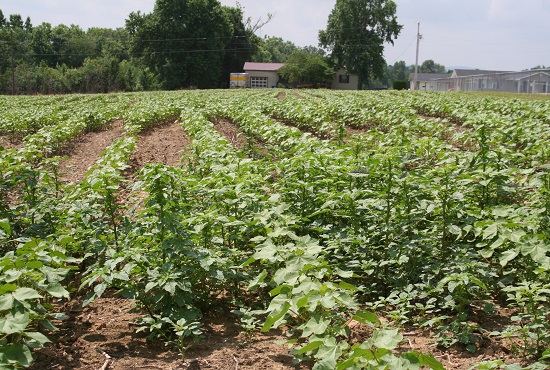What Moves Will China Make?
In the last three weeks, the December 2009 contract on the New York Board of Trade has found some serious momentum and has risen from slightly over 60 cents to nearly 70 cents, or a 15% increase. The December 2010 contract has moved from 67 cents to nearly 74, a 9% increase.
But that’s been a double-edge sword for U.S. cotton producers. This is the time of year when markets trade the weather more than ever, and harvest weather has not been kind. Heavy rains, particularly in the Mid-South, have not only caused harvest delays, but are causing boll rot. And it’s severe in some cases.
Even so, Rabobank is currently forecasting a 12.9-million bale U.S. crop this year, up slightly from last year’s USDA number of 12.815 bales.
Normally a weak dollar, which we’ve had, is good for exports. But a slowdown in the world economy is still affecting world cotton demand, Rabobank says.
But back to the weather. It has not been kind to China’s cotton harvest either. China is facing the same cold, wet season we are. The China Cotton Association has reduced its production forecast from 29 million bales to 27.8. Adding to bullish sentiment, it is believed that China’s domestic mills have been active buyers and could push prices even higher.
And it is in the Chinese textile sector where all of this gets dicey. The textile sector has been actively lobbying the Chinese government to intervene and curb further price gains. A hard lesson we’ve learned is that the Chinese are sometimes capable of moving markets in the direction that best suits their needs.
The report concluded: “While continued harvest delays may prompt short-term (futures) price spikes, from a fundamental viewpoint, we view developments in China as the key price determinant moving forward.”
Don’t we all.








